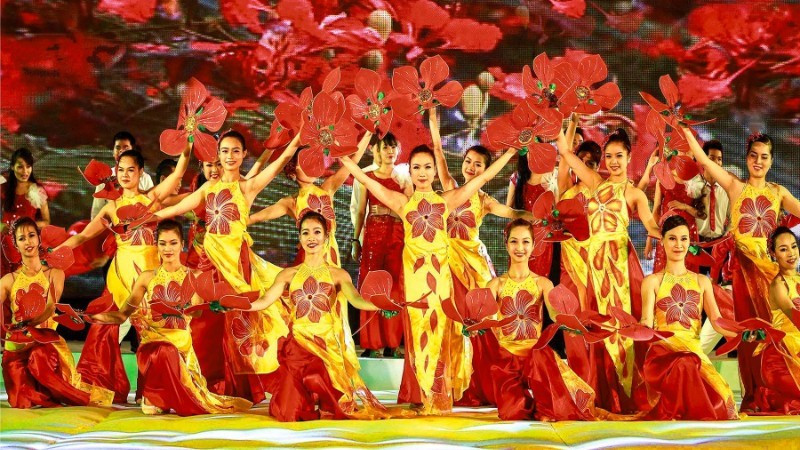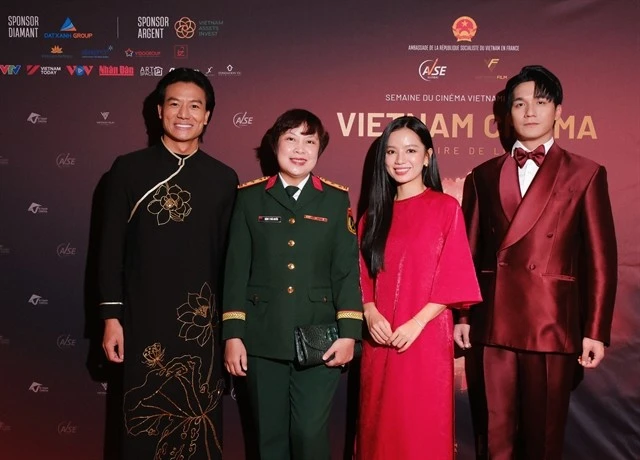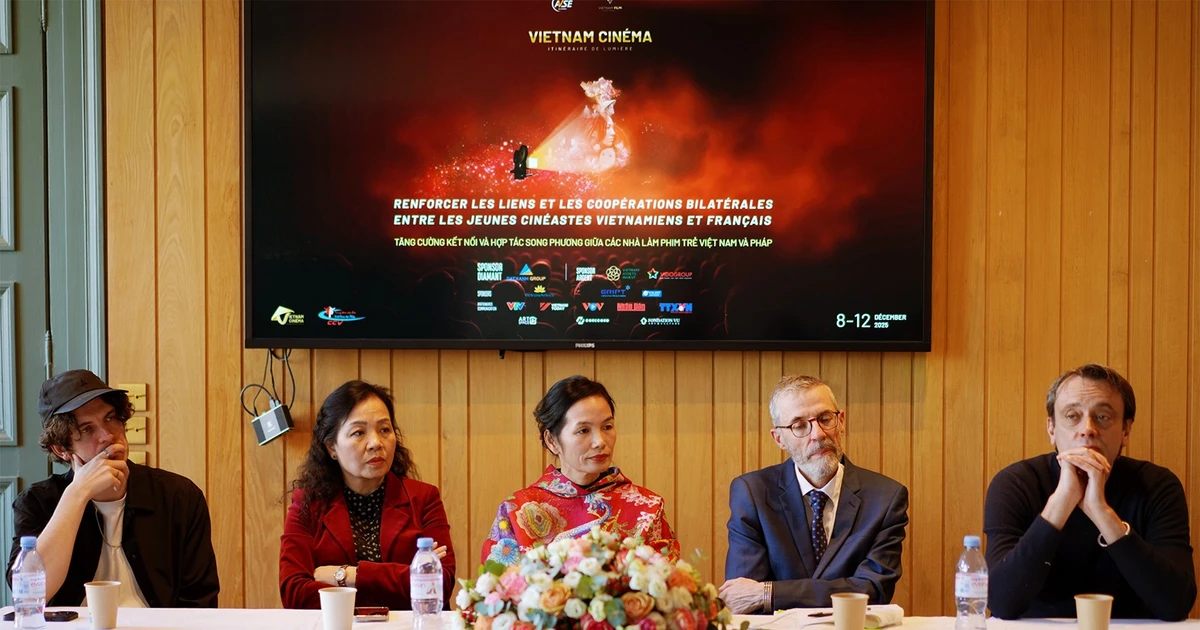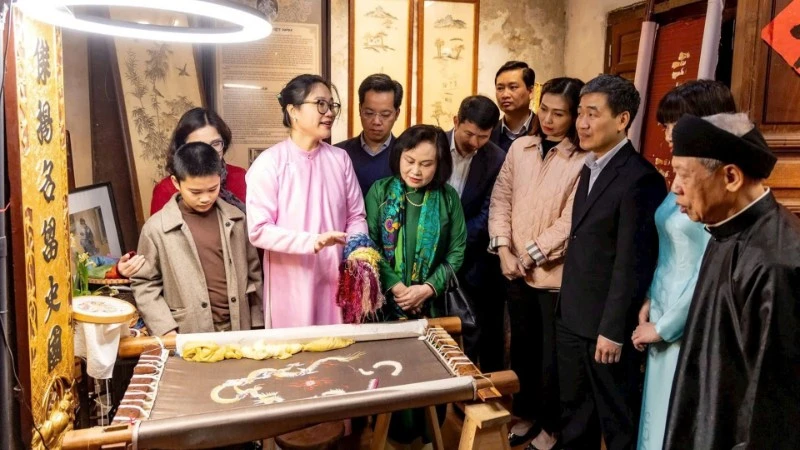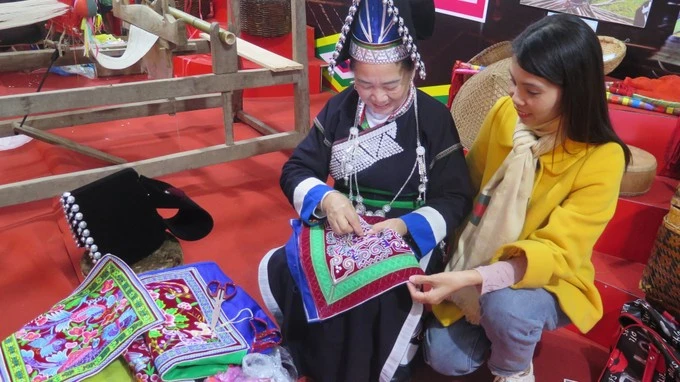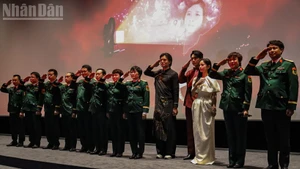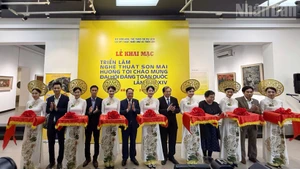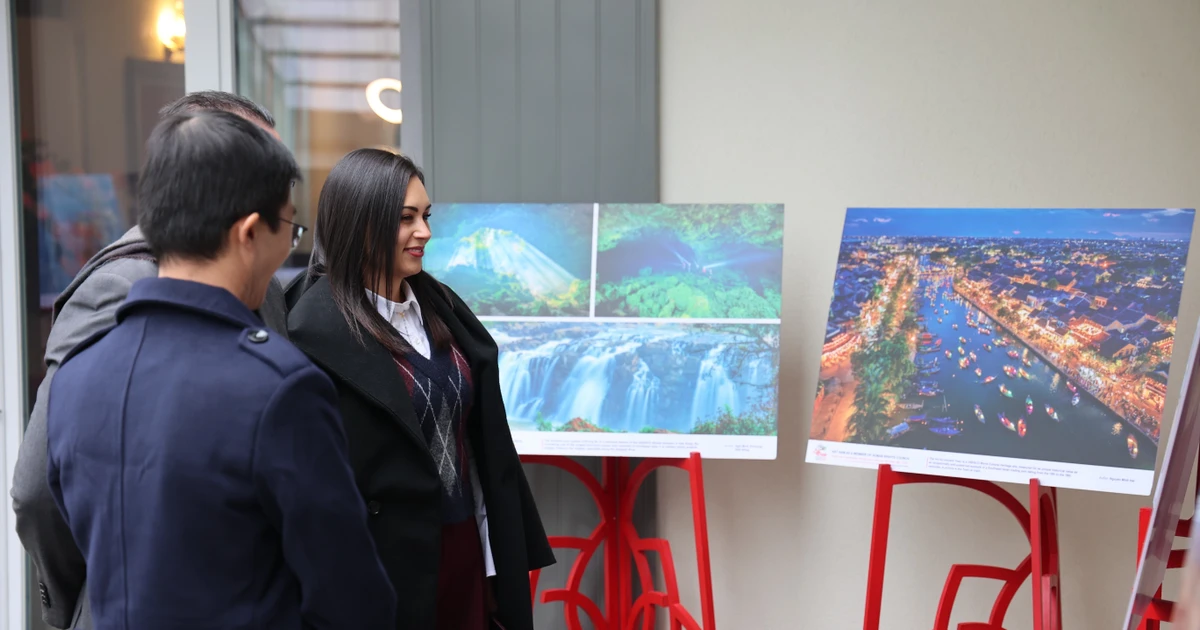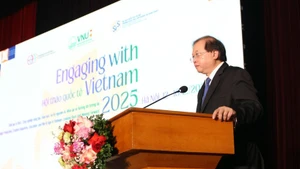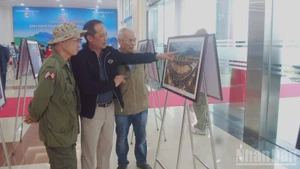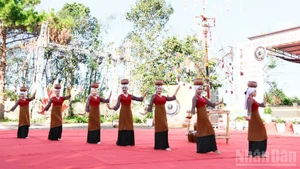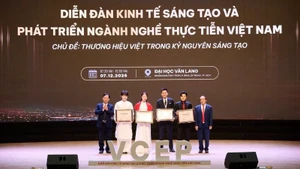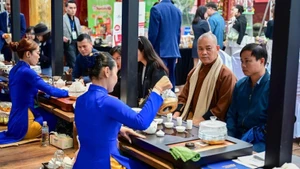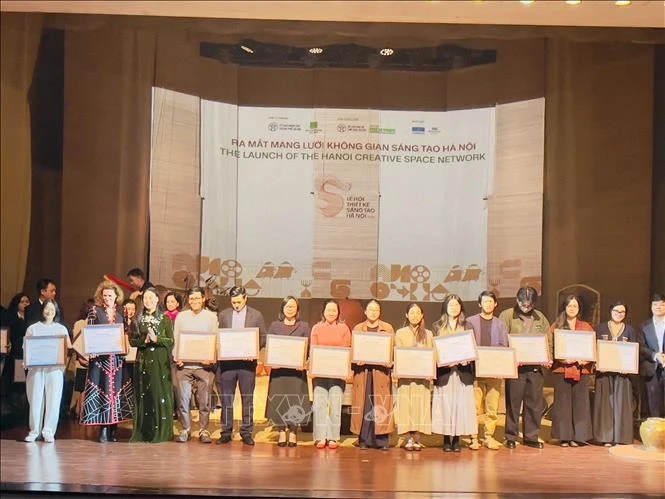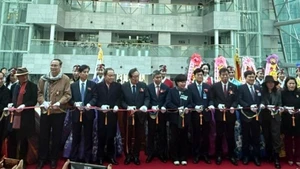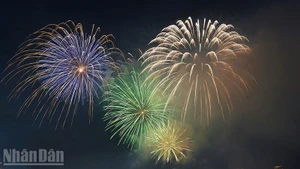Copyright infringement is increasingly common in the digital environment
Before going into the specific situation, it can be seen that creative and performing arts activities today are a measure of the creative capacity and professionalism of a culture. Each work and programme reflects the elaborate investment of artists, producers and organisers.
However, behind the brilliant halo, there are still many shortcomings in the management mechanism, the rights of performers and especially the copyright issue - the decisive factor for the field to truly become a potential, sustainable creative industry with long-term economic and cultural value.
According to the Viet Nam Centre for Protection of Music Copyright (VCPMC), in 2024, the total amount of money collected from using music copyrights was estimated about 393 billion VND, of which about 78% will cam from digital platforms (web/app/digital music).
According to data from the Department of Performing Arts under the Ministry of Culture, Sports and Tourism, as of December 10, 2024, 10/12 central art units have organised about 3,801 performances with an estimated budget from ticketed performances reaching nearly 104 billion VND; 43/63 provincial/municipal Departments of Culture, Sports and Tourism organized about 7,114 performances, with the budget from ticketed performances (according to 24 reporting units) reaching more than 20 billion VND.
In the context of the country’s culture and arts sector transforming strongly with the trend of digitalisation, performing arts activities, from traditional theater to live music, entertainment programmes have truly become a land of creativity, exchange and challenge.
In fact, many artists and units still have to deal with copyright issues. Currently, performing arts activities in Viet Nam are very diverse: from traditional theater forms such as: tuong, cheo, cai luong, drama; to live music, concerts, entertainment programs, variety shows, TV shows.
According to the provisions of Decree No.79/2012/ND-CP, performing arts is understood as “the performance of programmes, acts, plays directly to the public by performers”. Performers, singers, actors, musicians, dancers, etc. are subjects whose rights are protected by law under the Intellectual Property Law.
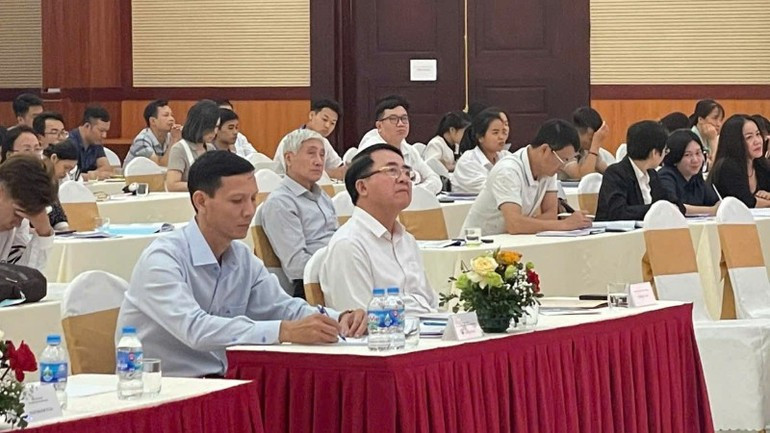
According to statistics, the main problems are concentrated in groups of issues, including: although performance programs attract large audiences, there is not always a clear mechanism for calculating remuneration and protecting the rights of performers; infrastructure for artists in remote areas or traditional forms is still weak; the performance environment is sometimes “inferior” when faced with easily accessible and highly commercial forms of entertainment.
In addition, with the popularity of the internet, digital platforms, livestreams, online programs... performing arts activities are shifting strongly. Social networks, content publishing apps, online shows open up vast opportunities for both artists and audiences.
From another perspective, the digital environment also poses great challenges when copyright infringement is more likely to occur (illegal recording, broadcasting, using works without permission); payment of copyright fees is still lacking transparency, artists do not clearly understand how much they receive from digital content. In other words, technology opens up a big way for performances, but also creates many difficulties in management, protection and sustainable development.
Sharing about this urgent story, People’s Artist Nguyen Xuan Bac, Director of the Department of Performing Arts under the Ministry of Culture, Sports and Tourism, emphasised that in addition to communication and education on copyright respect for young people, society really needs more clear legal corridors with enough deterrence to prevent copyright infringement in cyberspace.
Currently, copyright awareness is better than before, but violations still occur commonly. In addition to intentional acts, many people also violate because of convenience, free or lack of understanding.
According to Bac, in the digital age, copyright infringement comes not only from illegal content providers but also from users - the product consumers. Therefore, building a synchronous legal mechanism and clearly assigning responsibilities to both sides is necessary to raise community awareness and protect fairness for creators.
Ensuring protection mechanisms, aiming for sustainability
According to the Copyright Office under the Ministry of Culture, Sports and Tourism, the main acts of infringement of related rights of performers include: Copying, extracting, broadcasting, distributing audio/video recordings without permission; changing rights management information; impersonating performers...
The Intellectual Property Law also stipulates: The right to perform a work in public is a property right of the author, and others who want to perform the work must ask for permission and pay royalties, except in cases where the performance is not for commercial purposes according to the regulations.
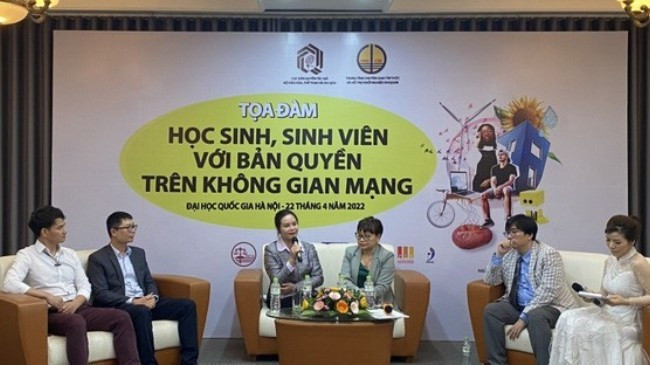
Raising awareness of copyright and related rights was emphasized at many seminars, including a series of seminars on copyright protection in the development of cultural industries, performing arts, fine arts, and photography, held in Hai Phong in 2024. The copyright management system in Viet Nam, such as the VCPMC, has signed cooperation agreements with international organisations, representing thousands of authors and copyright owners, and handling many infringement cases.
In addition to the efforts, there are still major obstacles that need to be resolved soon: Sanctions for violations are not really deterrents in the digital environment; awareness of performing organisations and audiences is sometimes not high; transparent mechanisms for sharing revenue from digital content with artists are not clear.
For performing arts to truly become a sustainable creative industry, it is necessary to synchronously resolve issues: modern management, clear rights protection, fair treatment of performers.
It can be understood that sustainable development here is not just about continuing to perform, but continuing to contribute with the right value when the audience is approached, artists are protected, and creativity is encouraged. Only when artists feel that their efforts are respected and their rights are protected, will they feel secure in composing, performing, and innovating.
Performance environments - stages, tea rooms, live shows, digitalisation... also need to have appropriate business and management models such as issuing electronic tickets, legal recording, copyrighted livestreaming, using paid platforms, transparent revenue sharing.
In addition, the role of the State, the cultural sector, copyright management organisations and artists themselves is also very important in orienting the dissemination of knowledge, supporting training, managing copyright data, applying technology to monitor, distribute rights and quickly handle violations.
According to Tran Hoang, Director of the Copyright Office, it is necessary to have an enforcement strategy suitable for each period, with focus and key points. In the current context, the enforcement strategy needs to focus on enforcement in the digital environment, such as: Communicating to target groups in an appropriate and attractive way; improving the capacity of law enforcement forces, especially in the digital environment; building a long-term strategy, combining propaganda, education and technology application; enhancing the application of technology in copyright management, handling copyright violations, especially in the digital environment. Only when copyright law is strictly enforced, will the law come into life and play its role in promoting creativity and socio-economic development.
Creativity-performance-copyright-sustainable development are the connecting links. If creativity and performance bring about magnificent, brilliant moments on stage but the rights and interests of performers are forgotten, copyright is violated, and income is unclear, then that brilliance will be difficult to last, difficult to bring true value.
Creation and performing arts are always the voice of the human soul and intellect. But to protect the value of those voices, it is necessary to have a cultural ecosystem that respects and protects copyright, creating conditions for this field to become a powerful resource. When artists are protected in their professional work, are paid fairly for their efforts and ideas, they will dare to go further, renew themselves, and contribute to enriching the face of national culture. clan.
